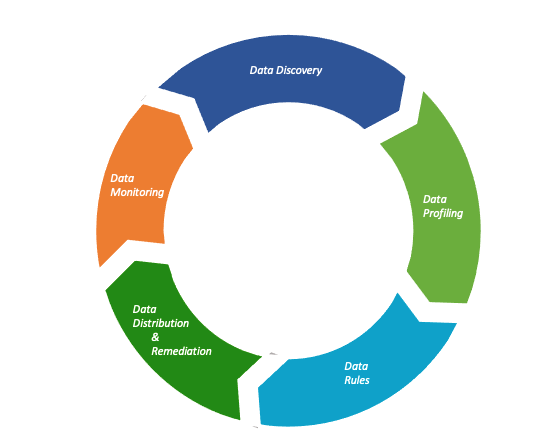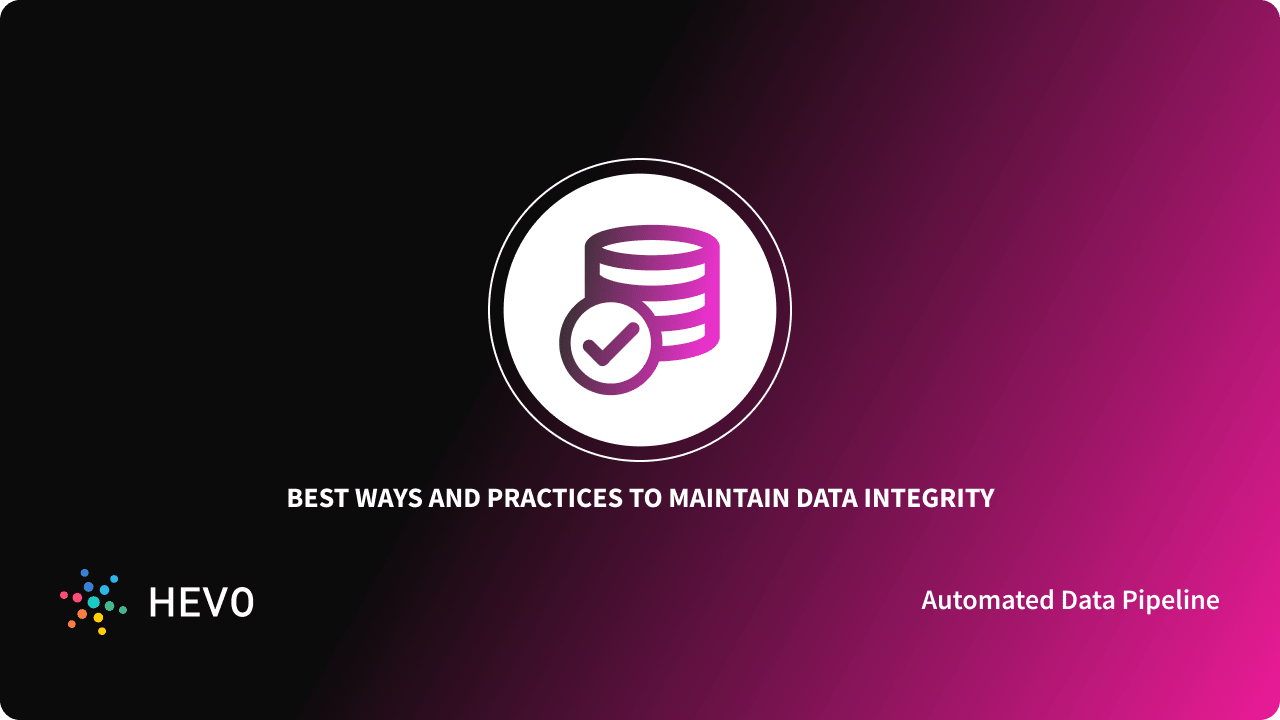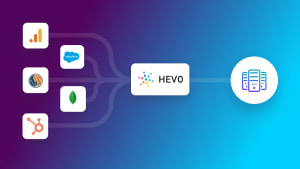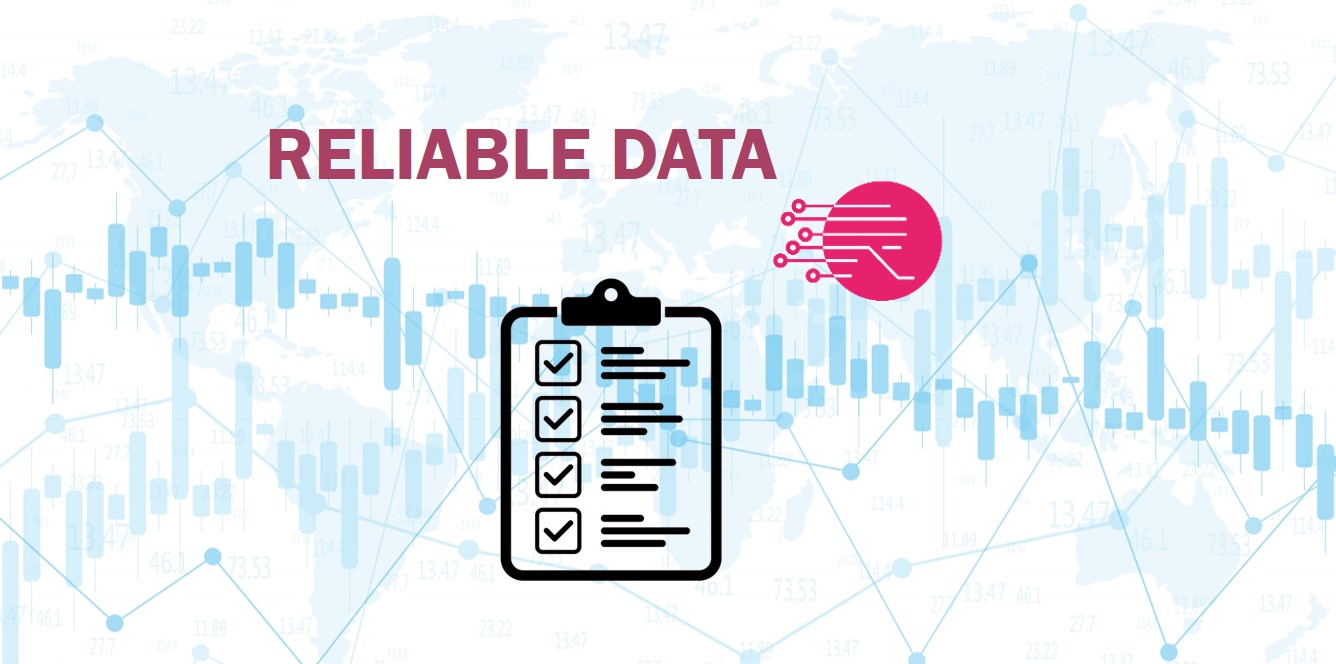What Built in Architecture Techniques Promote Data Integrity
There are various tools available that offer built - in architecture techniques. Several architecture techniques promote data integrity.

7 Steps To Ensure And Sustain Data Quality By Stephanie Shen Towards Data Science
What built-in architecture techniques promote data integrity.

. The technique helps to enhance data integrity by comparing copies on the device. Automating data integrity as much as. Maintaining the integrity of data and ensuring the completeness of data is essential.
This section presents a high-level architecture and reference design for implementing such a solution. The paper examines the built-in architecture techniques that enhance data integrity importance and example situations that promote data integrity. Some of the built-in architectural techniques using SQL Server that aid in promoting data integrity are.
Why is this important. Data integrity assurance techniques at the file system level generally operate at a page granularity as the smallest unit of data read from the disk by a file system is usually a page. Provide examples to justify your opinions.
The built-in architecture techniques that promote data integrity are domain constraints entity integrity constraints referential integrity constraint and key constraint. T 3 DQ 1. There are domain integrity constraints that are built-in architecture techniques.
Referential Integrity is used to maintain the data consistency between two tables. Every row of a table has unique value for primary value. Data integrity is the practice of ensuring the accuracy validity and legality of all data collected and retrieved over its lifecycle.
Referential integrity constraints on REF columns ensure that there is a row object for the REF. The first technique is mirroring. Maintaining data integrity means making sure the data remains intact and unchanged throughout its entire life cycle.
Provide examples to justify your opinions. In a typical scenario a database is required to comply with given semantic criteria the integrity constraints and to. Data integrity involves the recovery of data after a ransomware or other destructive attack with the validation that the recovered data is the last known good.
Data performance and stability also increase when you ensure effective data accuracy and data protection. They are applied to the overall structure of the database to insure all data is being imputed correctly and efficiently. One is the primary key and the other holds the values used by some other field in the database.
There are two primary forms of data integrity. Data vault 20 techniques such as data-point modeling can ensure that data models are extensible so data elements can be added or removed in the future with limited disruption. DBCC CHECKDB and various methods to recover from database corruptions the Azure SQL Database engineering team has been able to develop new techniques that can handle some classes of corruption automatically and without data loss.
To maintain integrity data must be collected and stored in an ethical and law-abiding way and must have a complete structure where all defining characteristics are correct and can be validated. Good Automated Laboratory Practices GALP is a standardized set of best practice s that are used to ensure data integrity for laboratory data that is gathered processed and archived by a laboratory information management system LIMS. In an object-relational database a built-in data type called a REF encapsulates a reference to a row object of a specified object type.
A validation table is created to promote data integrity. The GALP was developed to establish guidelines for automated data management in laboratories that supply. These four types of constraints play a crucial roll in ensuring data integrity and making it as automatic as possible without direct human intervention.
Every time data is processed theres a risk that it could get corrupted whether accidentally or maliciously. For example the datatype date formats data in the column as YYYY-MM-DD and time formats data as hhmmssnnnnnnn and will only store time to an accuracy of 100 nanoseconds. Data integrity refers to the process of maintaining and assuring the accuracy of the data within a database.
Data integrity refers to the process of maintaining and assuring the accuracy of the data within a database. This can be indicated by the absence of alteration between two instances or between two updates of a data record meaning data is intact and unchanged. Why is this important.
Data integrity is important as it guarantees and secures the searchability and traceability of your data to its original source. Data integrity is usually imposed during the database design phase through the use of standard procedures and rules. The benefit of these techniques is that they are.
Normally a validation table will consist of two fields. While there are some traditional techniques used by DBAs in SQL Server to monitor data integrity eg. NoSQL databases in general are ideal for digital applications that require massive scalability.
Since file system page sizes are usually larger than disk block sizes operating at a page level often results in a better balance between the number of. Built-in architecture techniques promote data integrity Entity integrity The primary key enforces entity integrity. Graph databases a type of NoSQL database have gained attention in recent years.
Dictates types of data manipulation allowed on values in a REF column and how these actions affect dependent values. Microsoft Azure has a built - in data integrity system that can handle classes of corruption automatically without risking any loss in data. The method detects integrity violations relating to.
A database can enforce these rules using Check and Default constraints. Data integrity is the overall completeness accuracy and consistency of data. Integrity constraint checking understood as the verification of data correctness and well-formedness conditions that must be satisfied in any state of a database is not fully supported by current database technology.
Why is this important. Domain integrity ensures the data values in a database follow defined rules for values range and format. This includes the capture of the data storage updates transfers backups etc.
Rules are made in the database structure about how foreign keys should be used to ensure that changes addition and deletion in the database maintain the data integrity. Constraints are used for enforcing validating or restricting data. What built-in architecture techniques promote data integrity.
What built-in architecture techniques promote data integrity. It cannot be null. Data integrity refers to the process of maintaining and assuring the accuracy of the data within.
Datatypes datatypes define how data within a column should behave. Provide examples to justify your opinions. Any records can be retrieve using View the full answer.

How To Architect Data Quality On The Aws Cloud Aws For Industries

Tricentis Data Integrity For Quality Data Testing Tricentis

Data Integrity In A Database Why Is It Important Astera

Data Integrity In A Database Why Is It Important Astera

Protect Data In Transit Or At Rest Ibm Cloud Architecture Center

Maintaining Data Integrity 6 Best Practices

Data Integrity In A Database Why Is It Important Astera

Tricentis Data Integrity For Quality Data Testing Tricentis

Maintaining Data Integrity 6 Best Practices

Protect Data In Transit Or At Rest Ibm Cloud Architecture Center

Data Authentication An Overview Sciencedirect Topics

What Is Data Integrity And Why Is It Important For You

Building The Foundation For Lab Of The Future Using Aws Aws For Industries






Comments
Post a Comment